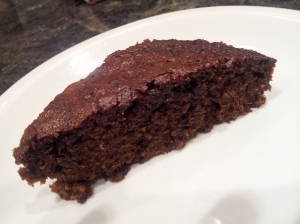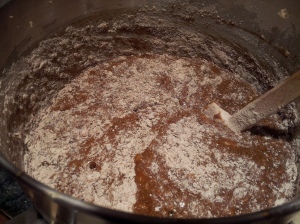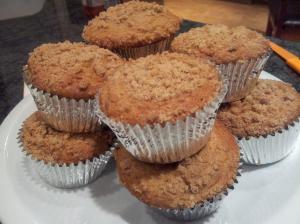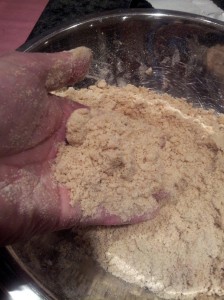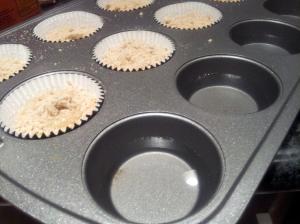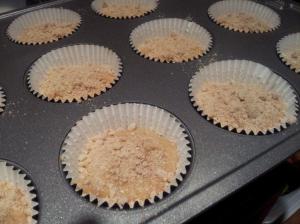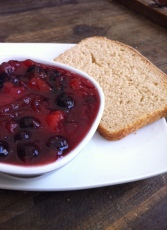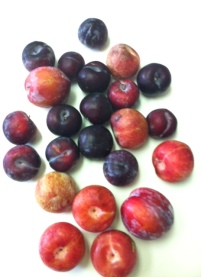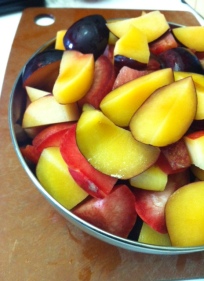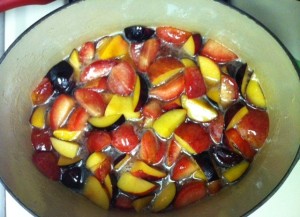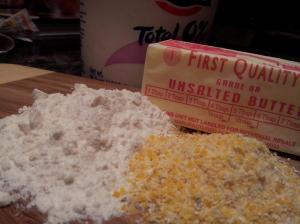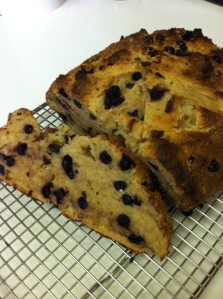There are few things I love more than gingerbread. Since I’m not much of a “dessert person,” the savory part of me loves the rebellious combination of spicy ginger and black pepper with sugar and molasses. For me, this is dessert, perfected, and I was thrilled to see it come up as this week’s TWD baking assignment.
There are about a million different ways to make gingerbread, each with varying degrees and combination of spice. This recipe was very straight-forward, focusing on the simple ginger flavor, using ground and fresh ginger and a bit of black pepper to boost the heat. Then there were two unexpected additions: instant espresso and cocoa powder. I was surprised to be including these ingredients, but each provided a pleasant bitterness and grounded what could have been a too-sweet recipe. (check out the full recipe here)
I love how easy this batter comes together — a quick mix of wet and dry ingredients and you are on your way to the oven. Don’t worry if your batter is lumpy — that’s normal and lends to an airy cake in the end. I decided to make mine into one 9-inch cake but if I were serving it at a party, I would do mini cakes for sure so that every got an equal amount of crispy-cake-edge and moist-sticky-cake-inside. Either way, this is such a simple cake and should definitely be your dessert staple this holiday season. It’s full of winter spices, makes your house smell amazing and tastes perfect paired with a mug of hot apple cider (with or without a splash of bourbon).
In the end this cake had a lovely sharp bite — the combination of the spicy and bitter ingredients made for a very “grown-up” gingerbread. Perhaps a challenge for someone expecting a very sweet and only slightly gingery cake, but I loved it. Next time I would add a bit of cinnamon, a pinch of nutmeg and a pinch of cardamom to give a bit more depth to the spicy flavor….but mostly because I look for any excuse to add cinnamon and cardamom to desserts.
While the cake is delicious on it’s own, it begs for a bit of something creamy on top to cut through the spice. My favorite choice: some Greek yogurt flavored with a bit of honey and lemon zest. Gingerbread AND Greek yogurt — now I’ve got two of my favorite things on one plate. Life is good 🙂
Happy Holidays!
